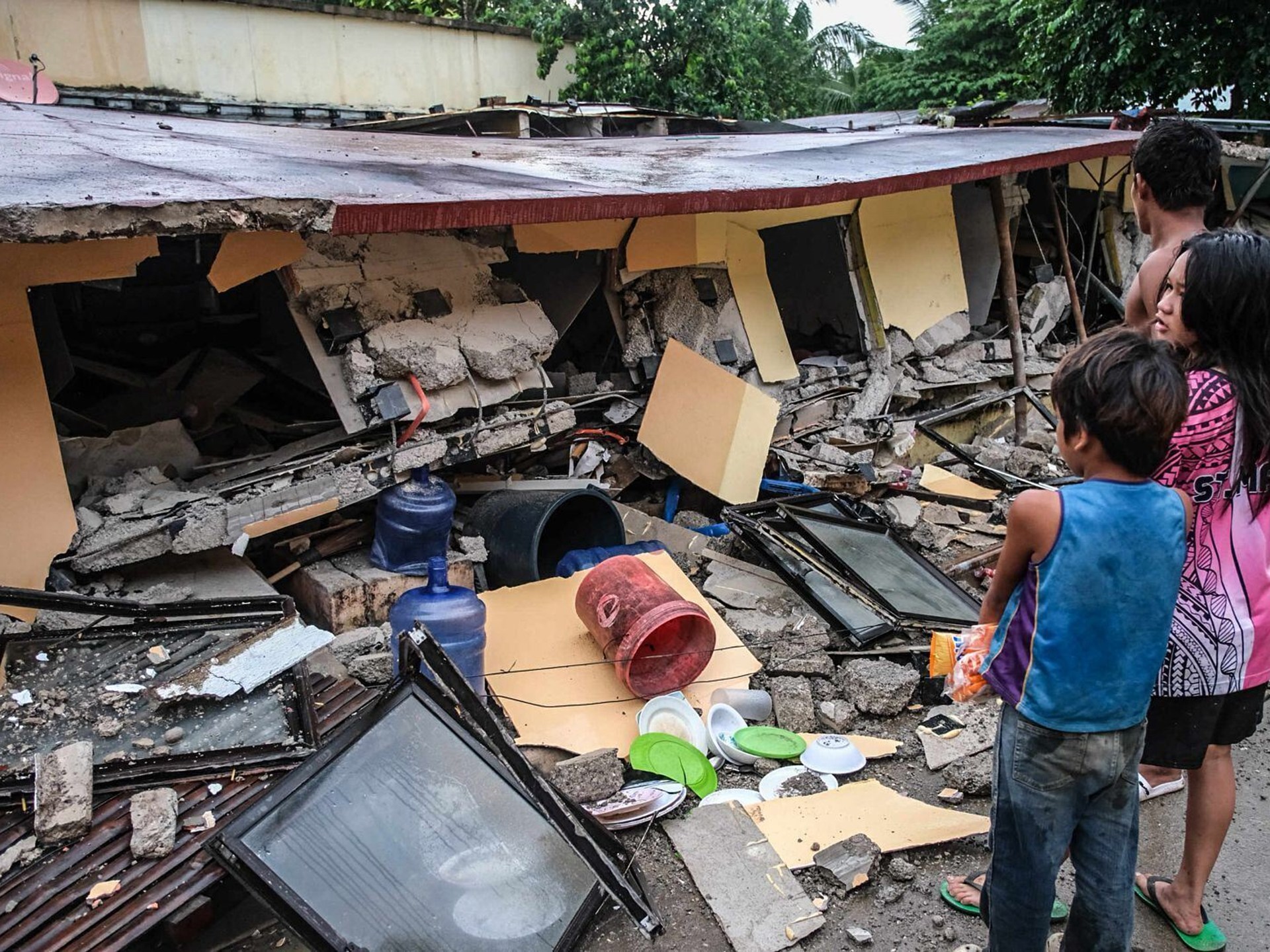A powerful earthquake that struck Cebu, in the central Philippines, claimed the lives of at least 69 people.
An unnamed number of residents were trapped in collapsed houses, nightclubs, and other businesses in Bogo City and nearby rural Cebu on Tuesday, according to officials, who were notified by the magnitude 6.9 earthquake that struck at around 10 p.m. (14:00 GMT).
On Wednesday, rescuers searched for survivors in vain. Backhoe diggers and sniffer dogs assisted civilian volunteers, police, and army troops in conducting house-to-house searches for survivors.
About 19 kilometers (12 miles) northeast of Bogo, a coastal city of about 90, 000 people in Cebu province, where about half of the deaths were reported, was the epicentre of the earthquake, which was caused by movement along an undersea fault line at a dangerously shallow depth of 5 kilometers (3 miles).
According to officials, the death toll in Bogo was likely going to rise as a result of persistent rain and deteriorated bridges and roads.
According to Office of Civil Defence deputy administrator Bernardo Rafaelito Alejandro IV, “We’re still at the peak of our search and rescue.” “Many people have been pinned or struck by debris,” according to reports.
Three coastguard personnel, a firefighter, and a child were killed separately by collapsing walls and falling debris while attempting to flee from a basketball game in a nearby town of Medellin and San Remigio, according to town officials.
One of the strongest earthquakes to strike the central region in more than ten years was the earthquake.
At least 27 people were killed on Friday when Typhoon Bualoi, which had impacted the central region due to drownings and falling trees, knocked out power in entire cities and towns, and forced the evacuation of tens of thousands of people. Cebu and other provinces were still recovering from the storm.
While building safety was evaluated, schools and government buildings were shut down in the affected cities and towns. Since Tuesday night’s earthquake, more than 600 aftershocks have been found, according to Teresito Bacolcol, director of the Philippine Institute of Volcanology and Seismology.
He warned that landslides and mudslides following a major earthquake were more common in mountainsides that were soaked in rain.
“People were really traumatized by this,” They have experienced a storm- and earthquake-induced quake before being shattered. “I don’t want to go through what they’ve been through,” they say.
Share this:
Related
Source: Aljazeera

Leave a Reply